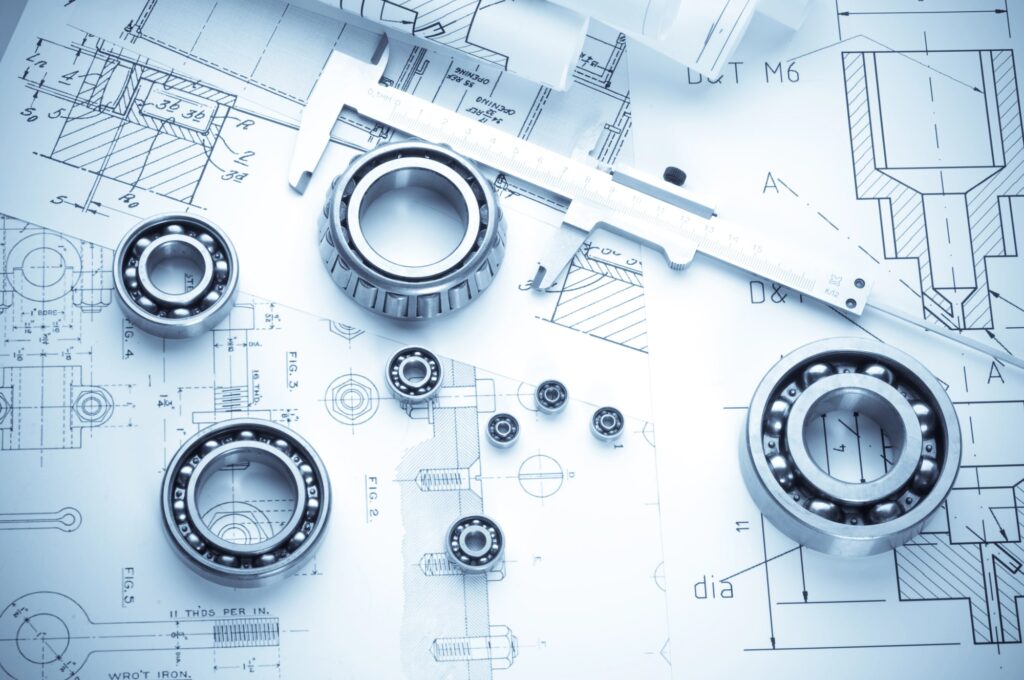This post reviews the latest developments surrounding The Delmore, a high-profile oceanfront condominium planned for Surfside, Florida. The project is led by Zaha Hadid Architects in partnership with Dubai-based developer Damac.
I examine the project’s design and engineering approach. The sensitive context of building on the former site of Champlain Towers South is also discussed, including the importance of the chosen geotechnical solutions for coastal high-rise construction.
Project overview and context
The Delmore will rise at 8777 Collins Avenue on a 1.8-acre parcel. Damac acquired the site in 2022 for $120 million.
The development is a 12-story, luxury oceanfront tower with 37 fully furnished residences. These are marketed as “mansions in the sky,” with asking prices starting at $15 million and averaging about $40 million.
The project sits on the site of the 2021 Champlain Towers South collapse. This event reshaped engineering practices and community expectations across South Florida.
The developer recently secured a foundation permit. Delivery is planned for 2029, with local partner ODP Architecture & Design handling permitting and construction logistics.
Book Your Dream Vacation Today
Flights | Hotels | Vacation Rentals | Rental Cars | Experiences
Design, amenities and living experience
Zaha Hadid Architects has proposed a sculptural building language for The Delmore. The tower will feature curving, shell-like fins and wraparound balconies to emphasize outdoor living and panoramic ocean views.
Key luxury features include a rooftop sundeck and a 75-foot glass-bottom pool suspended 125 feet above ground. This pool is a first for Miami.
The building will have large floorplates with one or two residences per level. This design enhances privacy and exclusivity.
Geotechnical strategy: deep-soil mixing
The team selected deep-soil mixing (DSM) rather than pile driving to create the foundation wall and improve soils. This choice responds to the site’s history and increased scrutiny of foundation methods.
DSM uses a rotating mixing tool to blend cementitious binders into in-situ soils. This process produces columnar soilcrete elements that increase stiffness, reduce permeability, and limit vibration compared with driven piles.
At The Delmore, DSM is already over 30% complete. It is being used to form a watertight perimeter ideal for coastal conditions.
Why this matters for Miami‑Dade
A 2024 University of Miami study found up to three inches of settlement in 35 waterfront towers in Miami‑Dade since 2016. Construction vibrations were identified as a contributing factor.
Choosing DSM addresses vibration concerns and helps manage settlement risks near existing structures and sensitive memorial sites. DSM, combined with monitoring and staged construction, can reduce risk and improve long-term performance of shallow foundations in the variable, water-influenced sands and reclaimed fills common along Collins Avenue.
Community and remembrance
While The Delmore signals redevelopment and renewal, Surfside is also moving forward with remembrance. A memorial to the Champlain Towers victims has been approved nearby at 88th Street and Collins Avenue.
The juxtaposition of memorialization and new construction highlights the need for transparent engineering and community engagement. It also emphasizes the importance of resilient design.
For architects and engineers, The Delmore is a case study in combining iconic design with careful geotechnical engineering after a tragedy. The decisions made here—particularly the use of DSM—will be watched closely by practitioners and residents across coastal Florida.
Here is the source article for this story: Zaha Hadid Architects’ Luxury Development in Surfside Reaches Critical Milestone
Book Your Dream Vacation Today
Flights | Hotels | Vacation Rentals | Rental Cars | Experiences

